
How to Use R4 Minima: Examples, Pinouts, and Specs
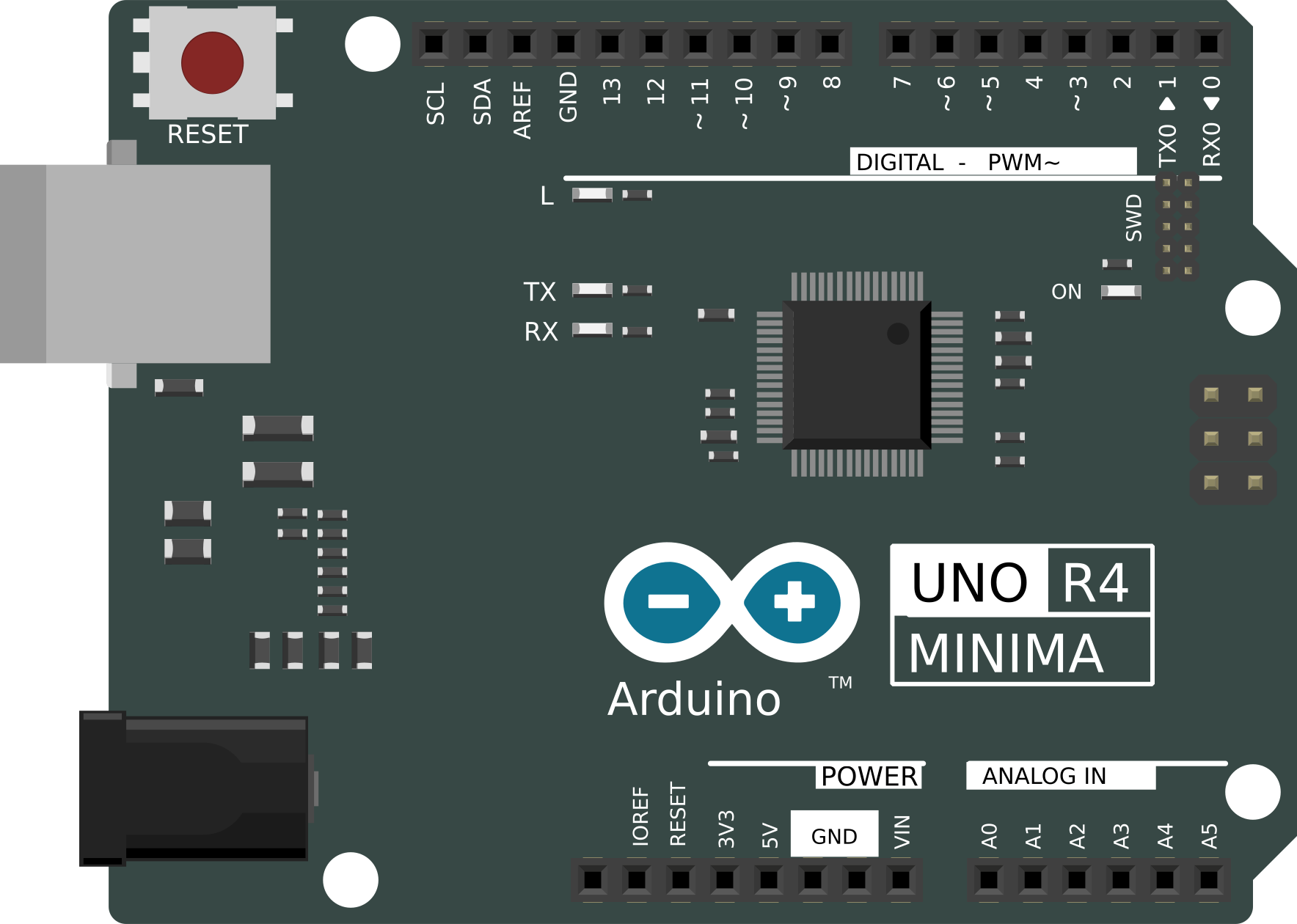
 Design with R4 Minima in Cirkit Designer
Design with R4 Minima in Cirkit DesignerIntroduction
The R4 Minima is a compact resistor designed for applications where space is a critical factor. It offers precise resistance values and low power dissipation, making it ideal for modern electronic devices that require high performance in a small form factor. Its reliability and accuracy make it a popular choice for use in consumer electronics, IoT devices, and compact circuit designs.
Explore Projects Built with R4 Minima
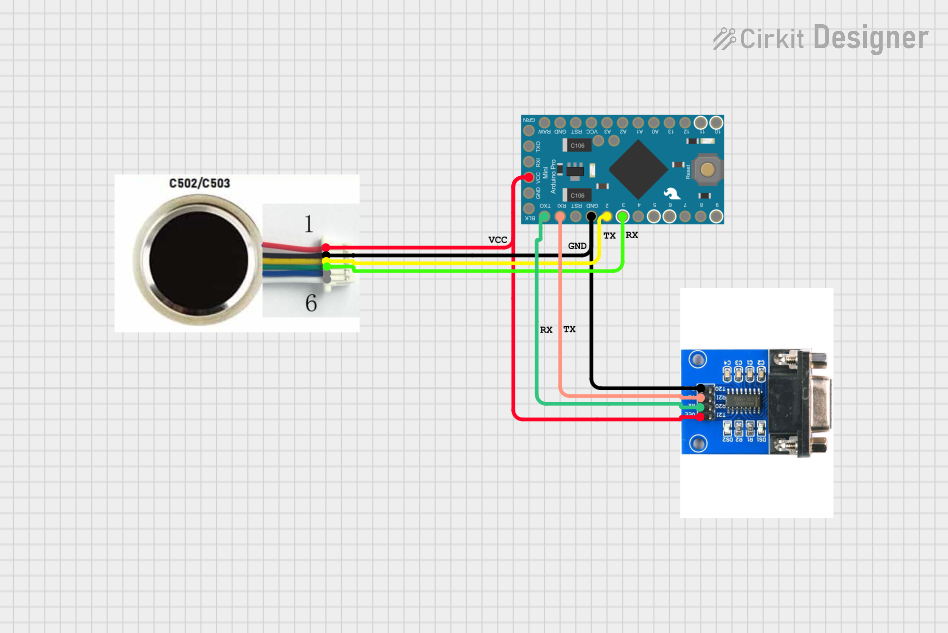
 Open Project in Cirkit Designer
Open Project in Cirkit Designer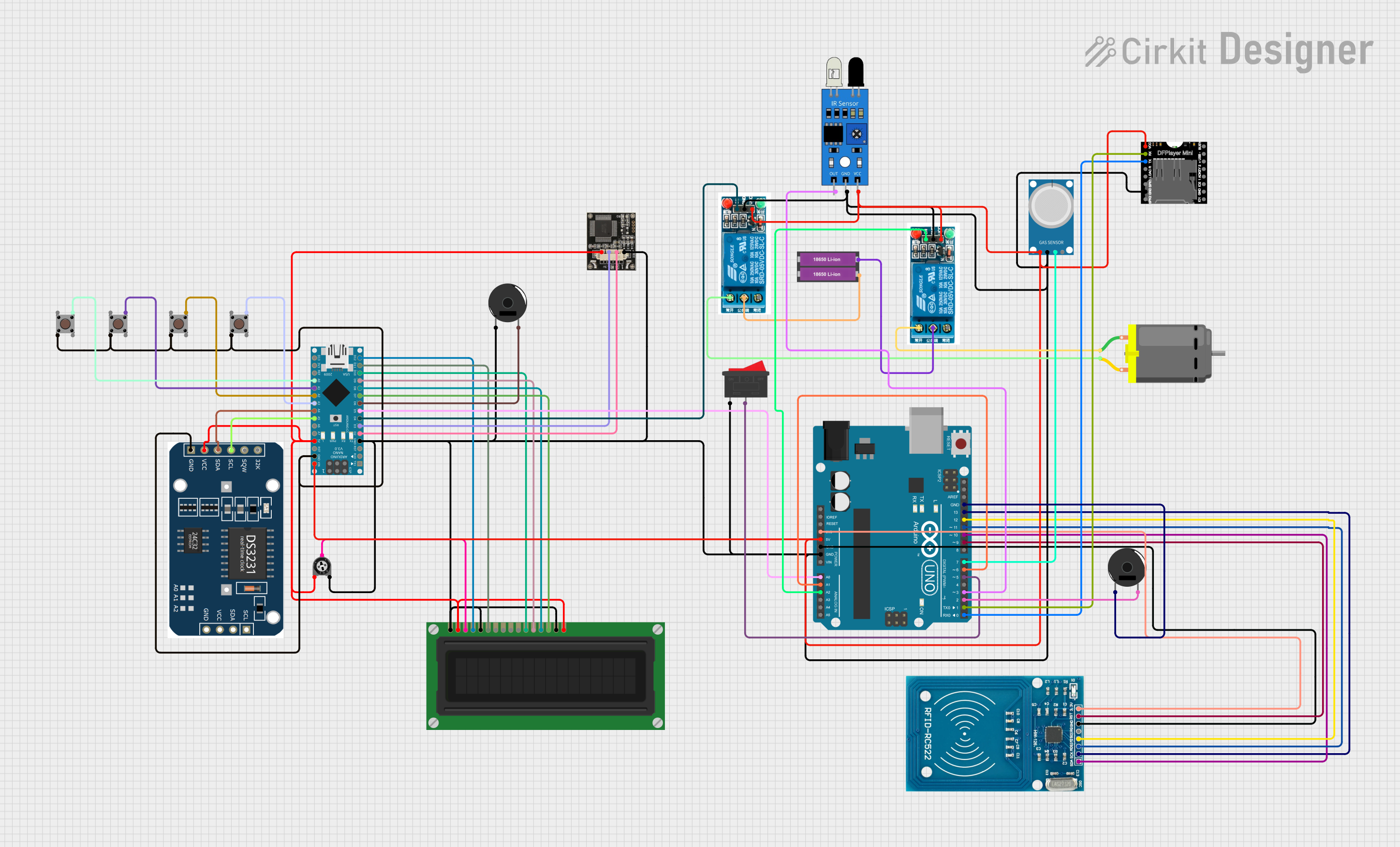
 Open Project in Cirkit Designer
Open Project in Cirkit Designer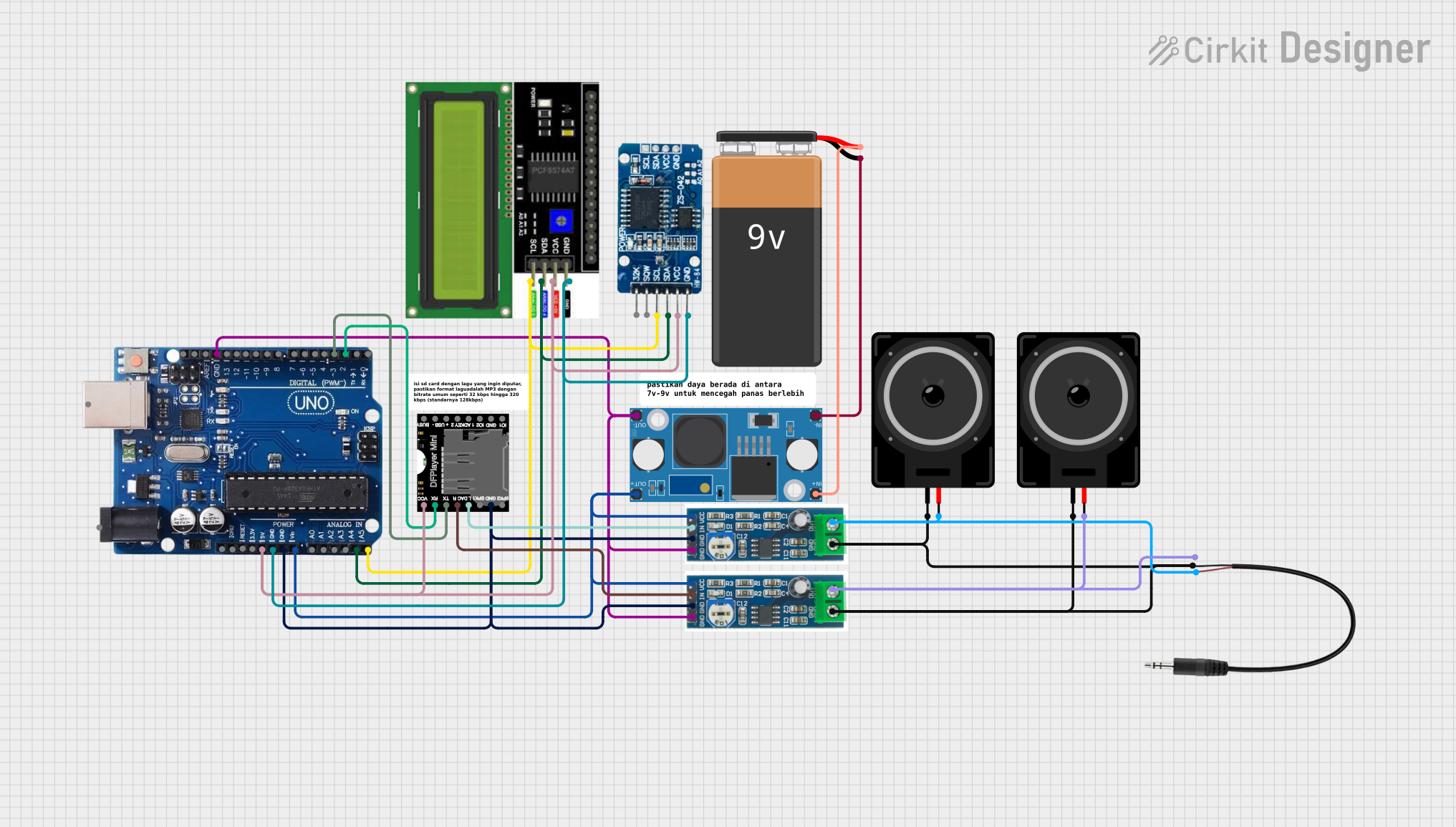
 Open Project in Cirkit Designer
Open Project in Cirkit Designer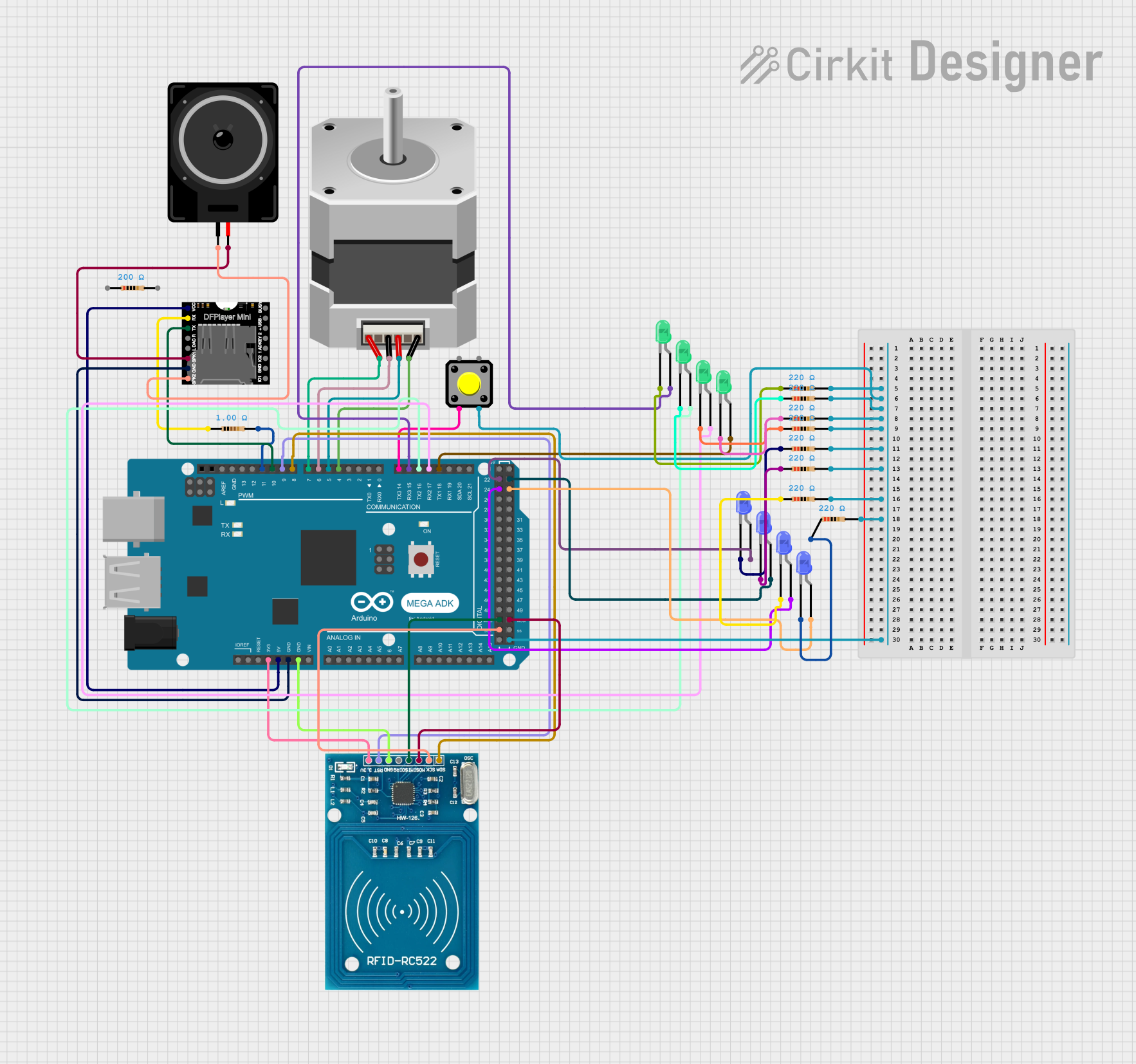
 Open Project in Cirkit Designer
Open Project in Cirkit DesignerExplore Projects Built with R4 Minima

 Open Project in Cirkit Designer
Open Project in Cirkit Designer
 Open Project in Cirkit Designer
Open Project in Cirkit Designer
 Open Project in Cirkit Designer
Open Project in Cirkit Designer
 Open Project in Cirkit Designer
Open Project in Cirkit DesignerCommon Applications and Use Cases
- Portable electronic devices (e.g., smartphones, wearables)
- IoT modules and sensors
- High-density PCBs
- Precision circuits requiring stable resistance values
- Low-power applications
Technical Specifications
The R4 Minima is available in various resistance values and tolerances to suit a wide range of applications. Below are the key technical details:
| Parameter | Specification |
|---|---|
| Resistance Range | 1 Ω to 1 MΩ |
| Tolerance | ±1%, ±5% |
| Power Rating | 0.125 W (1/8 W) |
| Maximum Voltage | 200 V |
| Temperature Coefficient | ±100 ppm/°C |
| Operating Temperature | -55°C to +155°C |
| Package Type | SMD (Surface-Mount Device) |
Pin Configuration and Descriptions
The R4 Minima is a two-terminal component with no polarity, making it easy to integrate into circuits. Below is the pin description:
| Pin | Description |
|---|---|
| Pin 1 | Connect to one side of the circuit |
| Pin 2 | Connect to the other side of the circuit |
Usage Instructions
How to Use the R4 Minima in a Circuit
- Determine the Required Resistance Value: Select the appropriate R4 Minima resistor based on the resistance value needed for your circuit. Refer to the resistance range and tolerance in the technical specifications.
- Placement on PCB: As an SMD component, the R4 Minima should be soldered onto the PCB pads designed for its package size. Ensure proper alignment to avoid soldering errors.
- Power Dissipation: Verify that the power dissipation in the circuit does not exceed the resistor's power rating of 0.125 W. Use the formula: [ P = I^2 \times R ] where ( P ) is power, ( I ) is current, and ( R ) is resistance.
- Voltage Rating: Ensure the voltage across the resistor does not exceed 200 V to prevent damage.
Important Considerations and Best Practices
- Thermal Management: Avoid placing the resistor near heat-sensitive components, as it may slightly heat up during operation.
- Soldering Temperature: Use a soldering temperature below 260°C to prevent damage to the resistor.
- Testing: After soldering, test the resistance value using a multimeter to ensure proper functionality.
Example: Using R4 Minima with an Arduino UNO
The R4 Minima can be used in conjunction with an Arduino UNO for various applications, such as creating a voltage divider. Below is an example of a simple voltage divider circuit:
Circuit Description
- Two R4 Minima resistors (10 kΩ each) are used to divide a 5V input voltage into 2.5V.
- The divided voltage is read by the Arduino's analog input pin.
Code Example
// Define the analog pin where the voltage divider output is connected
const int voltagePin = A0;
void setup() {
Serial.begin(9600); // Initialize serial communication at 9600 baud
}
void loop() {
int sensorValue = analogRead(voltagePin); // Read the analog value
float voltage = sensorValue * (5.0 / 1023.0); // Convert to voltage
Serial.print("Voltage: ");
Serial.print(voltage);
Serial.println(" V"); // Print the voltage value
delay(1000); // Wait for 1 second before the next reading
}
Note: Ensure the total power dissipation of the resistors in the voltage divider does not exceed their combined power rating.
Troubleshooting and FAQs
Common Issues and Solutions
Incorrect Resistance Value Measured
- Cause: Poor soldering or damaged resistor.
- Solution: Recheck solder joints and replace the resistor if necessary.
Resistor Overheating
- Cause: Exceeding the power rating.
- Solution: Verify the power dissipation using the formula ( P = I^2 \times R ) and replace with a higher-rated resistor if needed.
Circuit Malfunction
- Cause: Incorrect resistor placement or value.
- Solution: Double-check the circuit design and ensure the correct resistor value is used.
FAQs
Q: Can the R4 Minima be used in high-frequency circuits?
A: Yes, the R4 Minima is suitable for high-frequency circuits due to its low inductance and compact size.
Q: Is the R4 Minima available in different package sizes?
A: Yes, the R4 Minima is available in standard SMD sizes such as 0603, 0805, and 1206.
Q: How do I calculate the required resistor value for my circuit?
A: Use Ohm's Law (( V = I \times R )) to calculate the resistance value based on the desired voltage and current.
Q: Can I use the R4 Minima in a breadboard?
A: The R4 Minima is an SMD component and is not directly compatible with breadboards. However, you can use an SMD-to-DIP adapter for breadboard prototyping.